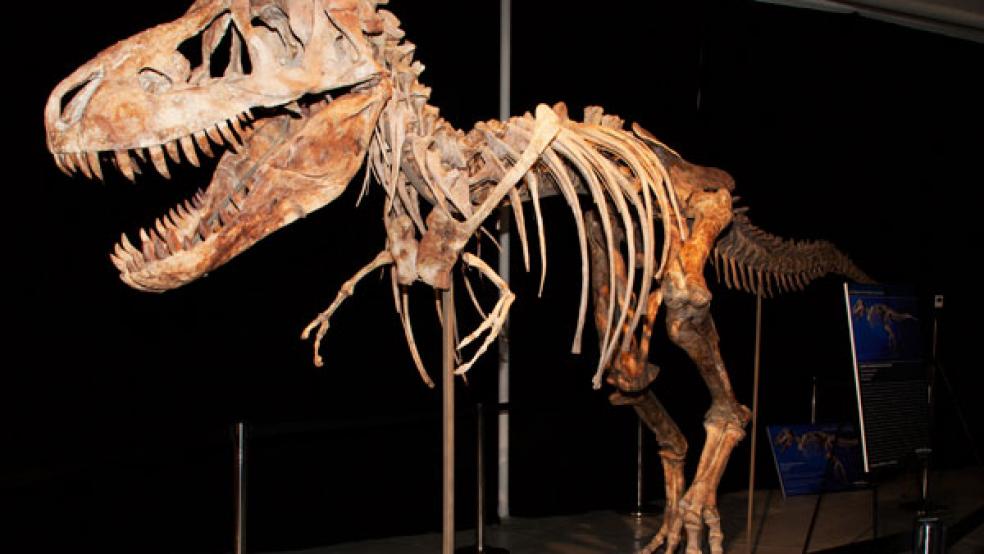Not traditionally known for nimbleness, museums are experimenting with big data, business incubators and some helpful, but potentially creepy surveillance strategies to get visitors in the door.
"Museums have a long view in their DNA," said Ford Bell, president of the American Alliance of Museums (AAM), but faced with limited funding and staffing "it is possible to get bogged down in the day-to-day."
Ideas for getting out of the bog are outlined in a new report from the AAM's Center for the Future of Museums, which encourages museums to learn tricks for increasing foot traffic from the likes Toms Shoes, Ben & Jerry's and websites that offer free access in exchange for personal data.
Related: Robots May Breathe New Life into Art World
"The pace of change is increasing rapidly," said Elizabeth Merritt, CFM director and the author of the report. "So we're trying to increase the speed at which museums adopt some of the latest trends."
The Dallas Museum of Art, for example, has significantly increased memberships—and funding—by making admission free.
In January 2013, the museum scrapped its $10 general admission fee and began offering free entry and memberships in exchange for personal information shared by visitors. Participants can also earn points, badges, credits and discounts by participating in certain activities.
In the first year, 48,000 people enrolled in the program. "By increasing access and emphasizing participation, we are enhancing the DMA's role as a cultural convener in our city," said museum director Maxwell L. Anderson.
The museum has also seen an increase in donations and is building a database that can be mined for valuable information about its audience.
Related: How You're Shaping the Future Through Big Data
Taking a cue from mission-driven, for-profit companies such as Toms Shoes and Ben & Jerry's, some museums are getting entrepreneurial about delivering services.
The NEW INC incubator project at the New Museum of Contemporary Art in New York City, which will be a shared workspace for those working in art, technology, and design.
"The goal is to generate ideas that create sustainable business models for creators, who pay membership fees to the museum to work in the incubator and gain access to professional development opportunities and mentors," said NEW INC Director Julia Kaganskiy. The first deadline for applications is April 1; the space is scheduled to open this summer.
New technology is also transforming the museum visitor experience. As the technology for capturing and creating sensory experiences becomes better and more effective, museums are moving beyond "lift and sniff" panels and presenting multi-sensory exhibits that incorporate poetry, music, drama, history, dance, performance art and scent.
With their security cameras and guards, museums are already sites of intense surveillance, but "museums can now tap into mobile technology and track a visitor like a blue dot through the galleries," said Eric Hintz, a historian at the Lemelson Center for the Study of Invention and Innovation at the Smithsonian Institution's Museum of American History.
That means visitors looking at a woolly mammoth might get an email message offering them a discount coupon for a woolly mammoth plush toy in the gift shop, said Hintz. "But while it's good to be creative and find a way to help the bottom line, that may creep some people out."
This article originally appeared in CNBC.
Read more at CNBC:
Wooing a new generation of museum patrons
AARP launches travel site for growing 50-plus set
You, too, can drink George Washington's brandy




